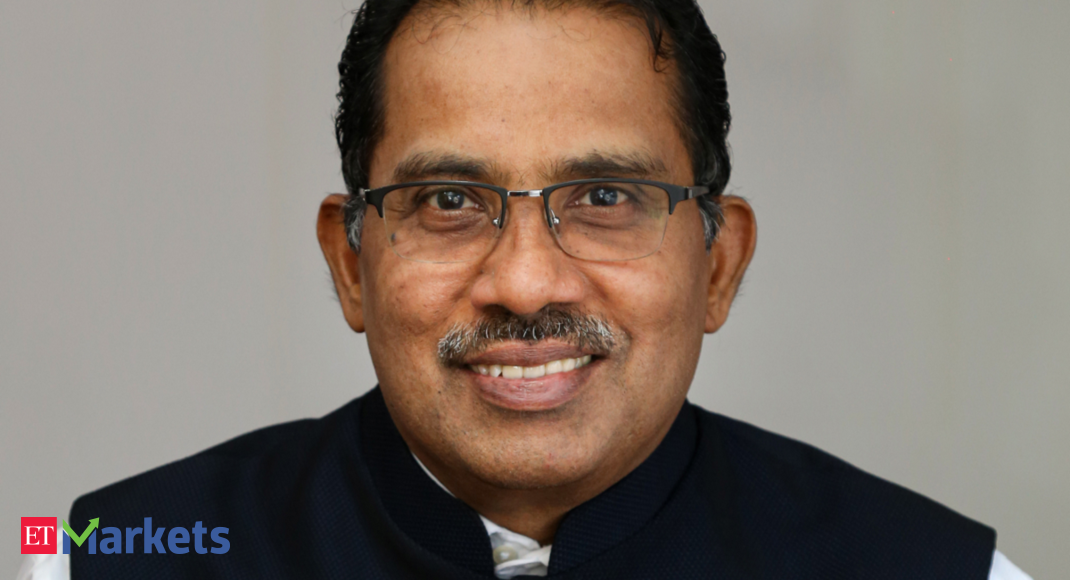What is the kind of competition that you are seeing from banks?
We view the competition in the gold loan sector optimistically, as competition suggests the gold loan sector is growing. There is immense potential in the gold loan sector and there is a share of the pie for everyone in the industry. Some of the banks have been expanding their gold loan book and in the last couple of years, we have seen fintechs/new NBFCs venture into the gold lending space.As a leader in the gold loan NBFC space, we have been able to retain our old customers, and this is a reflection of the continued trust of our customers in our services. While banks have been able to attract a new and fresh base of customers, we are not losing any customers to banks. Also, new players are realising that ‘lending against gold is not a bed of roses’, as it is a very operationally intensive business, coupled with the challenges on the storage and customer acquisition front.
How do you see the rising interest rate trajectory impacting your business?
The RBI has hiked the repo rate by a cumulative 250bps so far in FY23. This was led by high inflationary expectations, challenging global & India macro-economic environment, and globally central banks have been hiking interest rates too. We believe that a large part of the RBI rate hike cycle is behind us, unless inflation flares up unexpectedly. Indian economy remains resilient and there has been improvement in urban and rural demand conditions along with a pick up in investment activity. This makes us optimistic about a steady demand for gold loans.
During Q3FY23, borrowing costs slightly rose to 8.13%. This was due to the impact of a general increase in the interest rates with banks’ MCLR being constantly revised and fresh NCDs being raised at higher rates. We will focus on maintaining our margins in the range of 11-12%, led by continued focus on loan disbursements, recovery efforts and keeping our borrowing costs under check.
What is the growth outlook for FY24?
We reported a steady performance in Q3FY23 on a sequential basis, and have witnessed the pressure on growth easing. Our business has seen steady so far in Q4, growth has been gradual and we continue to remain optimistic about the current quarter and FY24. Considering the large household gold jewellery holding in India, we continue to believe that there is huge untapped potential in the gold loan sector. We aim to expand our AUM growth to 10% in FY24, led by growth both in gold loan book and non-gold loan book. We are seeing improved collections and an improved business environment for non-gold loan business across microfinance, vehicle loans, home finance and we expect our non-gold loan portfolio to grow at 14-15% per annum over the next 3-4 years.
What is the strategy in terms of opening new branches vs going digital?
We consistently work towards making our branch and digital network stronger, offering our customers the ease of accessibility and an omni-channel consumer experience. Post receiving approval from RBI to open 150 new branches, 80% of these new branches have commenced operations. We expect the remaining 30 branches to start functioning by February end. This will offer a filip to our growth momentum and further help us tap the market.
Apart from an extensive branch network of 5750+ branches, last year, we launched the digital offering of Loan@home service to enable our customers avail hassle-free gold loans from the comfort and privacy of their homes. Loan@home service is working very well for us to attract new customers and also service the existing ones.
In order to offer digital flexibility to our new-age customers, we at Muthoot Finance have consistently made strides towards becoming a digital-first NBFC. Our iMuthoot app makes our gold loan disbursals and repayments even more efficient. The average number of digital transactions was reported to be at 30,000 in November 2022, with the average value collected per day to be at Rs 20 crore. 40% of our gold loan transactions are now done online, and given the rapid rate of digitisation, we are optimistic about this share increasing further.
Why do you expect the share of non-gold AUM to gradually rise?
During the pandemic, we consciously slowed down on growing our non-gold loan book including of microfinance, vehicle finance, and home finance. With the recovery in the economy, strong rural and urban demand and ease of certain macro-economic challenges, we are seeing improved collections and an improved business environment to grow our non-gold loan book. Currently, our share of the gold loan business stands at 87%, as opposed to 90% last year. We expect our non-gold loan portfolio to grow at 14-15% over the next 3-4 years.


